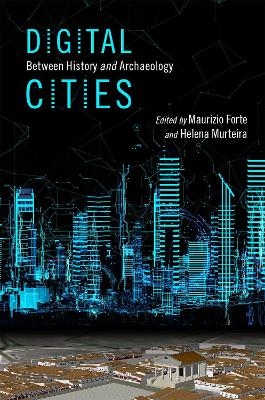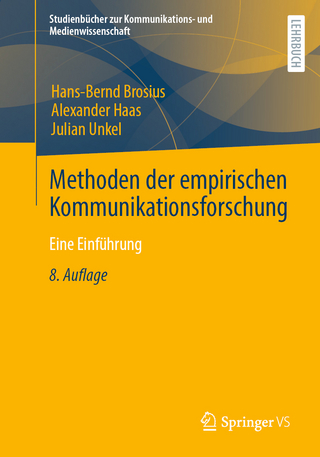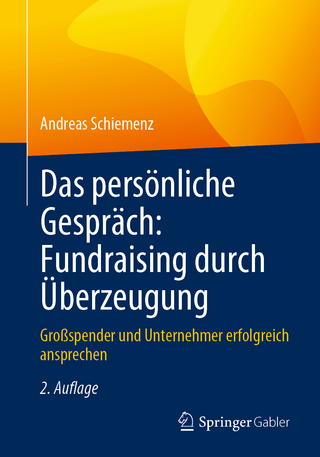
Digital Cities
Oxford University Press Inc (Verlag)
978-0-19-750112-2 (ISBN)
The onset of digital archaeology and its subsequent remarkable development has had a crucial impact on the study of cultural heritage. Presently, researchers are able to manipulate and reinvent digital and historical data; the study of the city stands out in this context. Cities are microcosms, often reflecting the changing structure of societies over time. A vast array of digital tools (laser scanning, augmented reality, remote sensing, and beyond) can process, test, and display archaeological data, architectural remains, and built heritage on a scale previously unattainable. The digitization of historical research is manipulating and reinventing the ways in which we examine historical evidence. This intersection between history and computer science allows for an expansion and enhancement of historical, archaeological, and anthropological research. The resulting configurations lead to the creation of new data and new objects of study within these fields, which makes it crucial for those in these fields to understand the impact of generating digital information in this context.
Digital Cities explores the study of the city in the digital realm by reexamining the data processing and knowledge sharing between historians, architects, geographers, anthropologist, and computer scientists. Digital Cities considers the city from pre-historic settlements to the present in different geographical contexts. Each section of the book offers a new level of engagement with various digital tools, spanning topics such as the challenges digital instruments pose to the study of pre-urban and urban contexts, the didactic scope of virtual heritage, and the consolidation of the relationship between digital language and historical narrative. The resulting research traverses the idea of Digital Cities through a historical, social, and multimodal context, and it fills the gap in scholarship between the study of the city and the concept and significance of the Digital City.
Maurizio Forte is William and Sue Gross Professor of Classical Studies Art, Art History, and Visual Studies at Duke University. He is the founder and director of the DIG@Lab at Duke as well as the author or editor of three books, including Virtual Archaeology. Helena Murteira is an art historian with a PhD from the University of Edinburgh. She is a member of the Scientific Committee of the Centre for Art History and Artistic Research (CHAIA) at the University of Évora.
Introduction Maurizio Forte and Helena Murteira
Part 1 - Methodological challenges
1. Vulci 3000: a Digital Challenge for the Interpretation of Etruscan and Roman Cities Maurizio Forte, Nevio Danelon, David Johnston, Katherine McCusker, Everett Newton, Gianfranco Morelli and Gianluca Catanzariti
2. "I dreamt I dwelt in marble halls": Using Computer Based Visualisation of Roman Domestic Architecture to Evoke the Built and the "Felt" Environment Richard Beacham
3. The Digital Revolution and Modeling Time and Change in Historic Buildings and Cities: The Case of Visualizing Venice Caroline Bruzelius
4. Exploring visually the known and the ill-known about Kraków's centre urban evolution: an information visualisation perspective Jean-Yves Blaise and Iwona Dudek
5. Experiencing past, present and future urban environments through digital representation, storytelling and simulation Eva Pietroni
6. Simplified Crowd Simulation in Virtual Heritage Sites Luís Sequeira
Part 2 - Conservation, requalification and communication
1. At-Risk World Heritage and Virtual Reality Visualization for Cyber-Archaeology - The Mar Saba Test Case Thomas E. Levy, Connor Smith, Kristin Agcaoili, Anish Kannan, Avner Goren, Jürgen P. Schulze, and Glenn Yago
2. Oporto's Historic Centre (WH) - from historical research to (real) Virtual Heritage Visualization Maria Leonor Botelho
3. Omnidirectional Strategies for Exploring Ancient Cities and Territories Sarah Kenderdine
Part 3 - Hermeneutics and epistemological boundaries
1. Çatalhöyük as an Open Site? On the Openness of Virtual Reconstructions of Archaeological Sites to a Multiplicity of Interpretations Zeynep Aktüre
2. Virtual Cities as Memoryscapes: The Case of Lisbon Maria Alexandra Gago da Câmara, Helena Murteira and Paulo Simões Rodrigues
Part 4- Research, planning and learning
1. Spatial Representation of Vienna's Street-Level Environment-Urban Parterre Mapping (UPM) Angelika Psenner
2. Unreal Projects: Using Immersive Visualization to Learn about Distant and Historical Locales Gabriela Campagnol, Stephen Caffey, Mark J. Clayton, Kevin Glowacki, Nancy Klein, Julian Kang and Geoffrey Booth
3. At the Interface - Multimodal Sensing and Intelligent Learning Systems -The Dynamic Transformation of the Cityscape, and Its Ongoing Study Bill Seaman
| Erscheinungsdatum | 03.01.2020 |
|---|---|
| Verlagsort | New York |
| Sprache | englisch |
| Maße | 234 x 155 mm |
| Gewicht | 562 g |
| Themenwelt | Kunst / Musik / Theater ► Kunstgeschichte / Kunststile |
| Geisteswissenschaften ► Archäologie | |
| Sozialwissenschaften ► Kommunikation / Medien ► Kommunikationswissenschaft | |
| ISBN-10 | 0-19-750112-5 / 0197501125 |
| ISBN-13 | 978-0-19-750112-2 / 9780197501122 |
| Zustand | Neuware |
| Haben Sie eine Frage zum Produkt? |
aus dem Bereich


